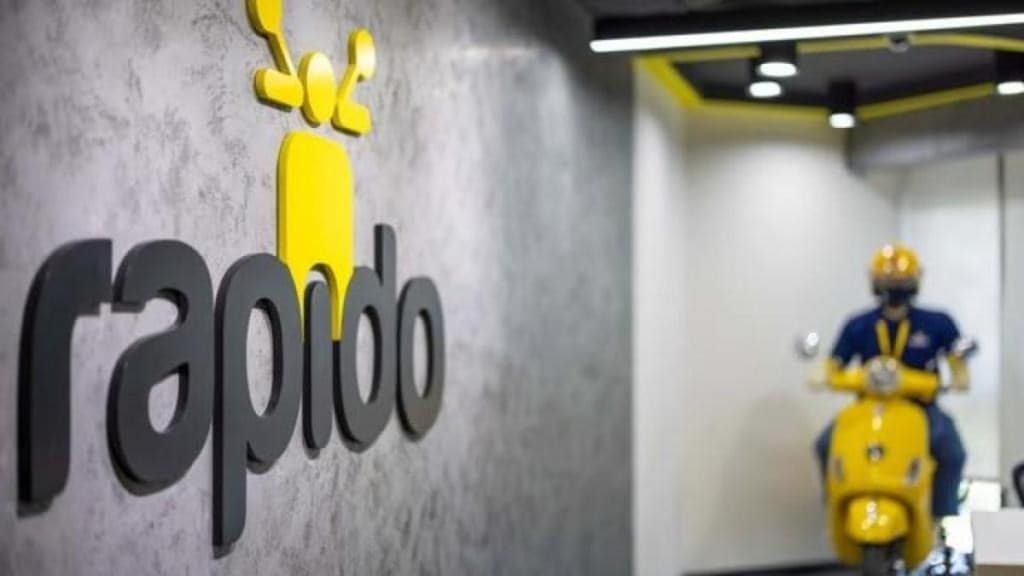While Rapido is eyeing a disruption of the entrenched Zomato-Swiggy duopoly in the food delivery space by offering a model where online prices remain the same as offline, analysts remain sceptical about the feasibility and sustainability of this approach.
The ride-hailing platform plans to leverage its existing fleet of 3 million riders and previous experience with ONDC and Swiggy to build a separate food delivery platform. Its pitch to restaurants includes significantly lower commissions than what is currently charged by Zomato and Swiggy. While this has stirred conversations about a potential shake-up, brokerage firms and analysts caution that the hurdles ahead are formidable.
“We do not anticipate material market share impact from Rapido’s entry,” said Bernstein in a research note on Wednesday. It pointed to earlier failed forays into food delivery by Amazon, Ola, and ONDC. “These players struggled with poor restaurant selection, inconsistent customer experience, and the complexities of managing fragmented supply chains in India,” it said.
At present, Zomato and Swiggy dominate the market with 54% and 46% shares respectively, leaving little room for new entrants to make inroads without significant innovation or capital investment.
Rapido’s value proposition relies on operational efficiencies derived from two-wheeler mobility economics, but HSBC Research warns that execution remains a major challenge. “While the economics of two-wheeler ride-sharing are similar to that of food delivery, maintaining customer experience, execution, and achieving scale remain significant hurdles,” the brokerage said.
Moreover, Rapido has yet to reach profitability in its core business. Industry estimates suggest it is currently burning around $5 million every month. That raises further questions about the company’s ability to subsidise food delivery operations in the near term.
“Ride hailing and equally-demanding food deliveries service would be a tall task to optimise and cross-utilise,” said Karan Taurani, executive vice president at Elara Capital. “Any failure could compromise consumer experience significantly, marring the recurring business,” he said.
Another area of concern is delivery cost optimisation. Kotak Institutional Equities estimates that Zomato and Swiggy currently incur an average delivery cost of Rs 60 per order. Rapido, however, has promised a cap of Rs 50. “We are not sure of how the company can recoup direct delivery costs,” Kotak said. “We understand that Rapido has an existing fleet of riders available, but given the time-sensitivity of food delivery, it is unlikely the ride-hailing business can significantly optimise the delivery costs for the food delivery business,” the brokerage noted.
Additionally, price competitiveness is unlikely to yield high margins in the long run. According to HSBC, Zomato’s average delivery prices are already 30–35% higher than dine-in rates, with total customer costs, factoring in platform and delivery fees, among the highest globally. “Despite this, Zomato only earns 4.4% Ebitda margins, highlighting how thin profitability already is, even at scale,” HSBC added.
Bernstein concurs. “Eventually, it (Rapido) will have to increase take rates to sustain,” it noted, hinting at future pressure to increase commission from restaurants, which could dilute the platform’s initial advantage.
The food delivery market also presents structural constraints. Only about 10% of gross order value comes from organised quick-service restaurants, with the bulk coming from unorganised, smaller eateries. That makes scaling difficult for new players, despite strong partnerships.
Bernstein said that Zomato and Swiggy have invested $2–3 billion in infrastructure and customer acquisition. As of the fourth quarter of FY25, Zomato had approximately 314,000 monthly active restaurant partners, while Swiggy had around 252,000.
“Despite the backing of the National Restaurants Association of India (NRAI), Rapido would require careful negotiations with the 500,000 partners to be on the same page,” an analyst said. He added that the platform might find more traction in tier-2 cities, where customer acquisition costs are lower. “But average order value (AOV) there are generally smaller than in large cities and margins are thinner,” he added.
Even the most optimistic outlooks suggest only modest gains. HSBC said Rapido might attract customers at the lower end of the market but is unlikely to make a dent at the top. Kotak estimates that the company may need between $35–40 million in investment just to achieve 5% of Zomato’s FY25 gross merchandise value.
While Rapido’s entry adds a new layer of competition and may pressure incumbents to revisit pricing models, analysts agree the road to real disruption will require more than fleet reallocation and low commissions.
